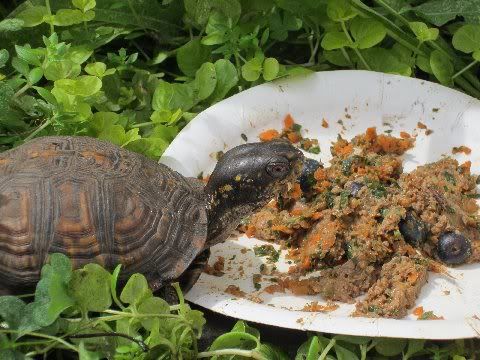- Joined
- Feb 20, 2012
- Messages
- 100
My TTBT won't eat anything but protein and fruits... What can I do to make him eat vegetables??

terryo said:That is a great site with great information. Do your self a favor and get her book. I think it's the best on Box Turtles.
http://www.boxturtlesite.info/
joshtaylor123 said:My TTBT won't eat anything but protein and fruits... What can I do to make him eat vegetables??
turtlemann2 said:you mean aquamax 600(trout chow) LOL darn you corprete name changers!
turtlemann2 said:now you believe its the genetic potential inline with uva/uvb exposure? cant remember exactly the old post eludes me
Purina recently (1yr or 2) changed there packaging from trout chow to.,... wait for it..... wait for itttt..... AQUAMAXXXXXX lol the number 600 is there largest granule i belive where as 100 is smalllll. just in case you have to buy it in bag form in the future